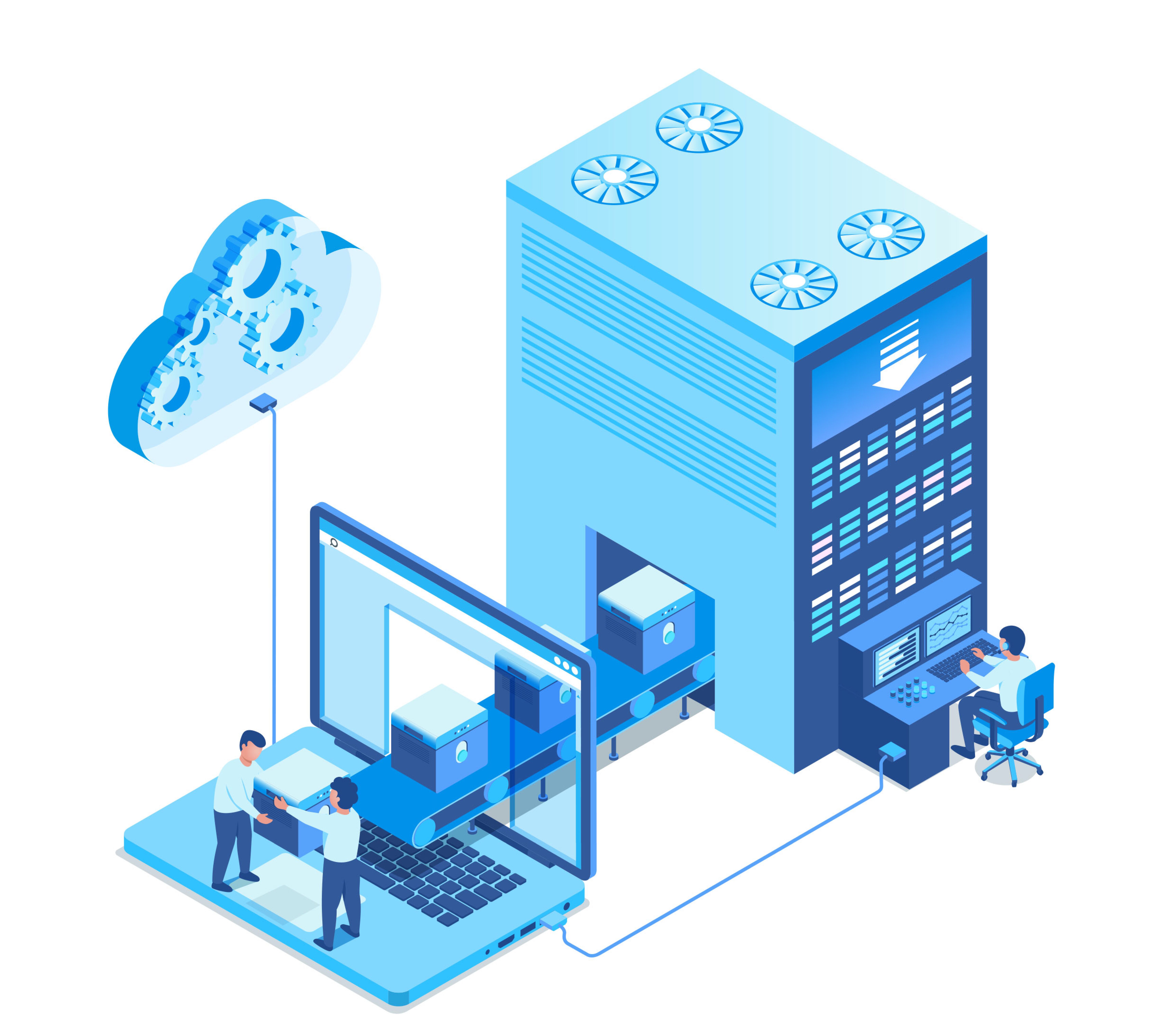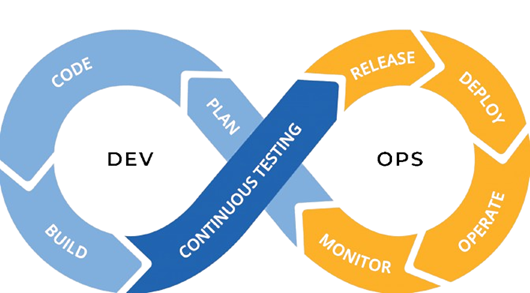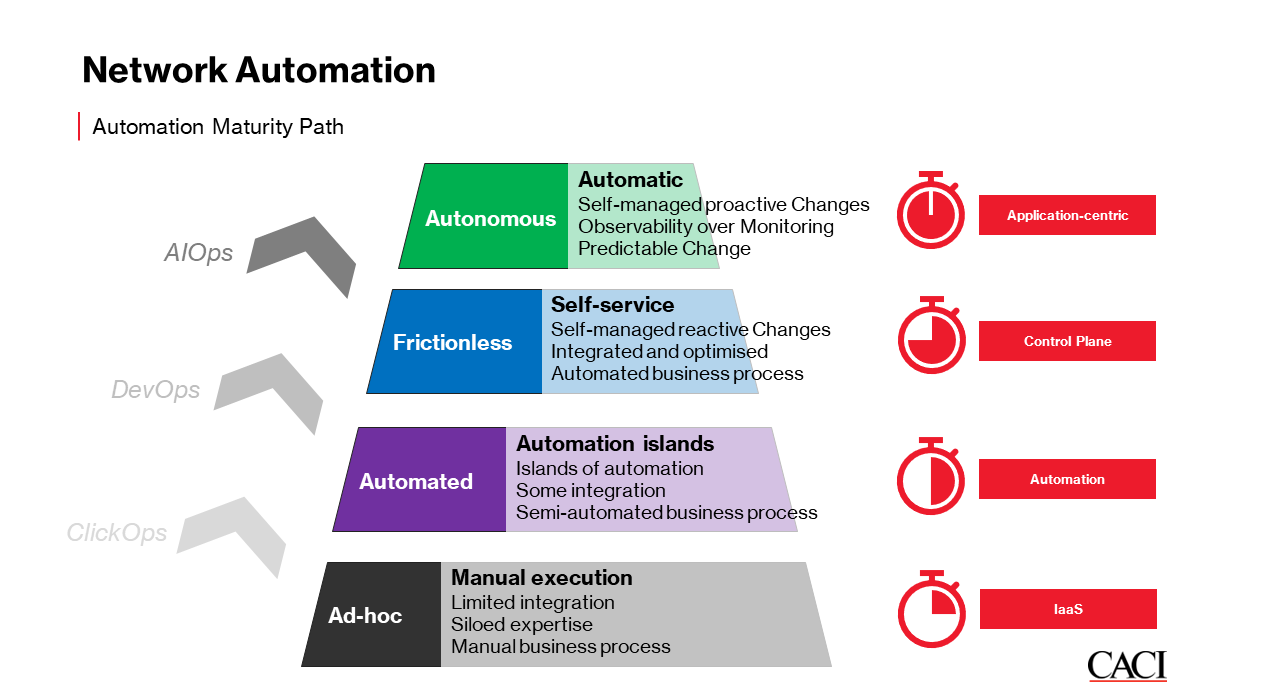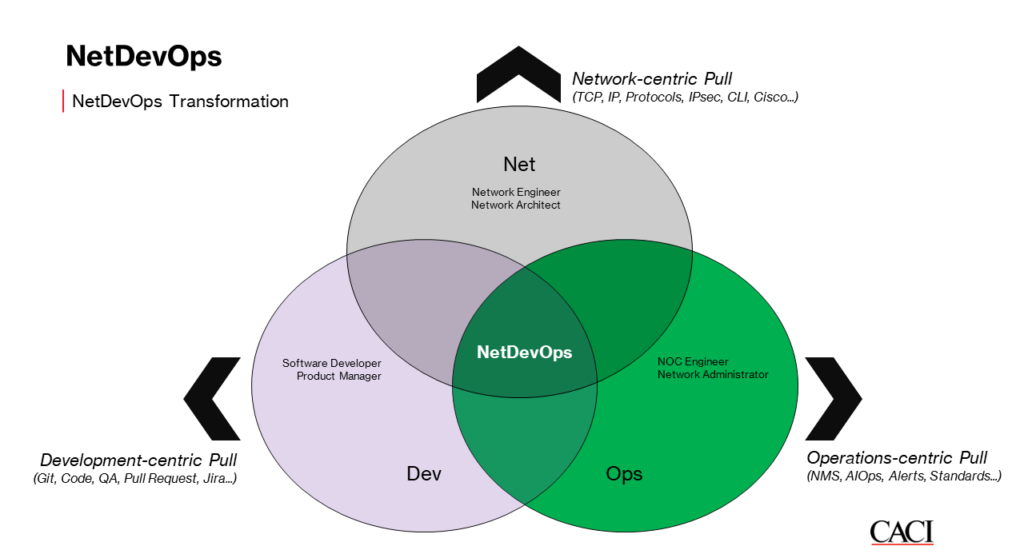
When it comes to consultancy, project prioritisation is critical so that customers receive urgent or important work first before less vital items. In straightforward projects with one product owner and a finite backlog, you can approach this issue by working through the backlog and asking them to label them using MoSCoW, the prioritisation technique used in project management and business analysis to help stakeholders understand the importance of various requirements, for example. It’s when you move to a project with multiple product owners and an ever– extending backlog that the problems appear, however.
So, what are the common project prioritisation challenges arising in consultancy nowadays and what solutions are available to consultants to solve them?
Common challenges in consultancy around project prioritisation
Within each project, each stakeholder (this could be from multiple products, multiple product owners or stakeholders without a product owner) will bring their own backlog, each believing that their demands are the most important and that all your resources are theirs to use. Negotiating between these product owners can be difficult, especially as they may have their own deadlines that they’ve committed to, perhaps only needing your resources for part of their project and a delay could cause their entire project not being delivered on time.
While earlier and clearer communication would undoubtedly help with these issues in the long run, where do consultants start in the meantime?
How consultants can improve project prioritisation
Consultants that refer to a categorical prioritisation list for each project (such as the example below) will notice immediate and significant improvements. By scoring each project against a list of categories, with the resulting score used to order the backlog and any incoming items, their respective priority and importance will be illustrated to the wider business. The category list is:
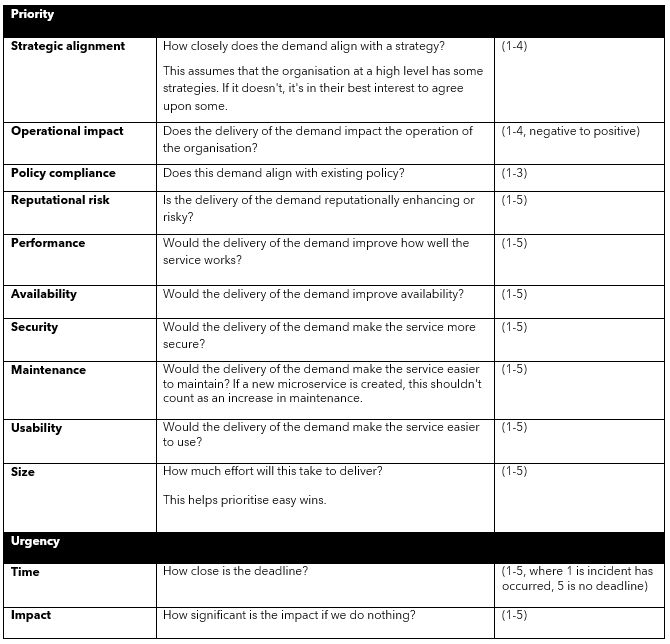
Once a project has been scored on each of these points, the total score is calculated. This is then used to rank projects against each other. It’s important to reassess the time rating approximately every three months, as this rating will need to be increased to reflect the real-world situation.
Benefits of this approach
The advantage of adopting this approach is that it enables you to provide an explanation as to why certain projects are higher priority than others rather than using a more subjective approach. It’s possible to add a higher rating to categories so that the calculation better represents the company’s priorities.
Potential difficulties of this approach
Some of the issues we’ve noticed so far are that these categories don’t necessarily work as well for enabling items such as a pilot, which won’t deliver any benefit to the system on its own but is required before the new feature can be started. To bolster this, we had to consider the ultimate deliverable being enabled, otherwise, the supporting item would score too low.
Technical debt is another type of work that doesn’t quite fit into these categories, which is why we ultimately decided to remove it and prioritise it separately.
Despite all the categorisation and discussions, you can end up with a list that doesn’t quite correspond with your gut feeling based on market trends. To mitigate this, a review was organised every few months to monitor scoring accuracy.
Conclusion
For projects without a finite backlog where upfront prioritisation isn’t possible, this approach allows you to prioritise against existing work in flight. However, it’s important to account for the amount of time, effort and morale downturn it takes to pause and restart.
This method of prioritisation is ultimately particularly a useful tool for prioritising the constant stream of incoming projects from multiple product owners. The conversations that come out of the prioritisation are also of substantial value, and to some extent, enable the prediction of what will be delivered in the near future.
To learn more about project prioritisation in consultancy, speak to one of CACI’s experts today.


